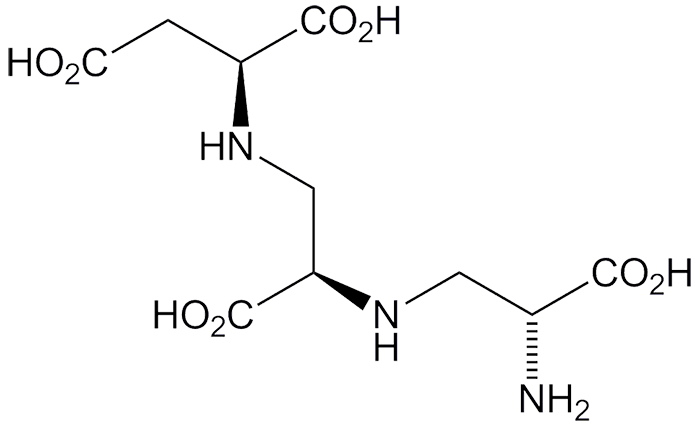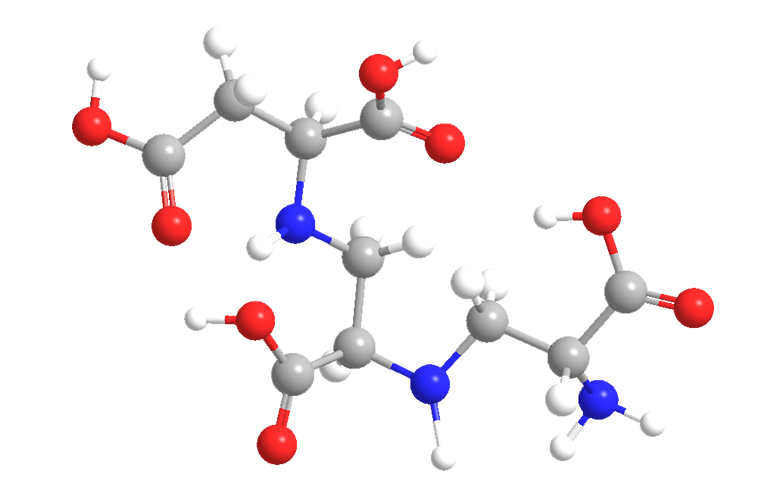

Even “last-resort” antibiotics, such as carbapenems, sometimes encounter bacterial resistance. Two sources of resistance are the enzymes New Delhi metallo-β-lactamase 1 and Verona integron-encoded metallo-β-lactamase 1. But G. D. Wright at McMaster University (Hamilton, Ontario) and co-workers may have discovered a way to overcome this resistance.
The mold Aspergillus versicolor, found in Canadian soil, produces some unusual combinations of amino acids, including the tetracarboxylic acid aspergillomarasmine A. Two of its acid groups come from aspartic acid; the other two from two alanine molecules. Its cousin, aspergillomarasmine B, contains glycine in place of one of the alanines.
The metallo-β-lactamases need zinc to be able to resist carbapenems, and Wright and colleagues found that aspergillomarasmine A can remove the zinc without toxic side effects. Using a combination of a carbapenem and aspergillomarasmine A blocked the enzymes and overcame bacterial infections in mice.

Learn more about this molecule from CAS, the most authoritative and comprehensive source for chemical information.
Molecule of the Week needs your suggestions!
If your favorite molecule is not in our archive, please send us a message. The molecule can be notable for its current or historical importance or for any quirky reason. Thank you!
Stay Ahead of the Chemistry Curve
Learn how ACS can help you stay ahead in the world of chemistry.

